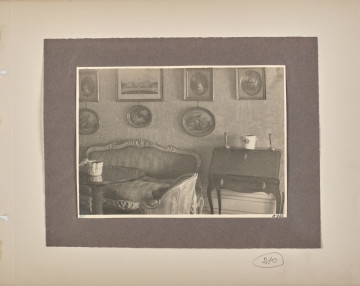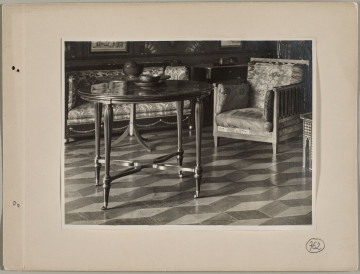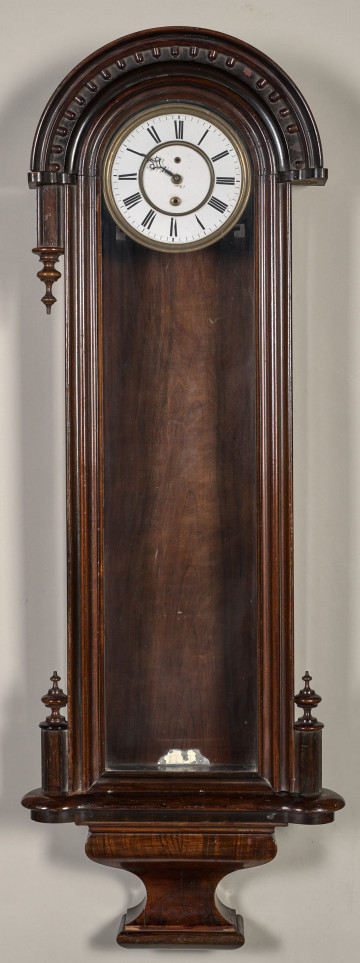
Interiors
20th century
Castle Museum in Łańcut
Part of the collection: Meble i wyposażenie wnętrz
After the end of the French Revolution and the fall of the Directory, which programmed simplicity in interior design, a new style dominated art in the early 19th century, it appeared with Napoleon Bonaparte's coming to power and was called the imperial, in French' empire', style. The new fashion expressed the personal tastes of Napoleon I inspired by the power of ancient civilisations - Greek, Roman and Egyptian. The empire style became a propaganda tool for glorifying the French Empire and its ruler. Widespread in Europe, the style developed in Poland fascinated with Napoleon's military victories, which gave hope for the country to regain its lost independence. In interior design, the new fashion was distinguished by the direct borrowing of ancient patterns. Where they were lacking, pseudo-antique pieces were created, especially furniture, as can be seen on the example of the presented cabinet, which became popular in the 18th century. It owes its name to the Latin ‘serve" being an equivalent of the verb to serve. Valuable or delicate objects and dishes made of silver, glass or porcelain are displayed in a cabinet. The cabinets, made after the First World War, imitates with its decorative detail the Empire furniture of the 19th century. The Empire style imposed strict symmetry, smooth planes, expressive lines and the use of mahogany or mahogany veneer. The ornaments cast in brass: rosettes, palmettes, ribbons, swan silhouettes and lion paws used as feet allude to ancient times. The furniture, matching the Empire set from the 19th century. (S.7786MŁ; S.7831 - 7839MŁ; S.7841MŁ), was purchased together with it by the Castle Museum in the 1960s. Teresa Bagińska-Żurawska https://orcid.org/0000-0002-9243-3967
Dimensions
height: 161.5 cm, width: 116 cm
Object type
Furniture and interior fittings
Technique
installation, mill forming, carpentry
Material
glass, bronze, birch wood, mahogany wood
Owner
Castle Museum in Łańcut
Identification number
Location / status

20th century
Castle Museum in Łańcut

20th century
Castle Museum in Łańcut

19th (?) century
Castle Museum in Łańcut
DISCOVER this TOPIC
Castle Museum in Łańcut
DISCOVER this PATH
Educational path